Code
HCS28876
Weight
810 gm / 1.79 lbs
Size
Height
15cm (6") Width
10cm (4") Depth
7cm (3") Material
Bronze
Availability
Available

Safe Payment
We accept Paypal, Money Transfer, Bank Transfer
Confidence
Protection covers your purchase and personal data.
Worldwide Delivery
We ship Worldwide, except Russia.Shipping cost US$25.2 for upto 0.5 kgs

Hotline
Talk to help line for your question on 9841267335About Sacred Serenity Collection
This is a beautiful old Buddhist statue that carries a deep sense of spirituality and craftsmanship. These statues were made around 15 to 20 years ago and are crafted from pure copper. If the statue has gold, it has a thick layer of gold plating, unlike modern statues where using a lot of gold is expensive.
Skilled artisans, who were well-versed in religious teachings, made these statues. They followed traditional guidelines and sacred texts to create each statue with precise expressions and postures. The artisans believed they were creating representations of gods rather than just ordinary figures. This unique perspective is reflected in the statues themselves. Read More . . .
This is a beautiful old Buddhist statue that carries a deep sense of spirituality and craftsmanship. These statues were made around 15 to 20 years ago and are crafted from pure copper. If the statue has gold, it has a thick layer of gold plating, unlike modern statues where using a lot of gold is expensive.
Skilled artisans, who were well-versed in religious teachings, made these statues. They followed traditional guidelines and sacred texts to create each statue with precise expressions and postures. The artisans believed they were creating representations of gods rather than just ordinary figures. This unique perspective is reflected in the statues themselves. Read More . . .
Antique Finishing
This is an antique patina-finished [old Stock], Buddhist Handmade Statue Of Mahakala Panjaranatha, [antique Finishing]. This is not an antique statue. It is just an antique patina finish. This [old Stock], Buddhist Handmade Statue Of Mahakala Panjaranatha, [antique Finishing] is a testament to the artisan's mastery of the art of aging. Its antique patina has been meticulously crafted to give the appearance of an aged statue, showcasing the artist's unique techniques and skills. Through undisclosed processes and careful aging treatments, the [old Stock], Buddhist Handmade Statue Of Mahakala Panjaranatha, [antique Finishing] undergoes a transformation that captures the essence of time and history. Read More . . .
This is an antique patina-finished [old Stock], Buddhist Handmade Statue Of Mahakala Panjaranatha, [antique Finishing]. This is not an antique statue. It is just an antique patina finish. This [old Stock], Buddhist Handmade Statue Of Mahakala Panjaranatha, [antique Finishing] is a testament to the artisan's mastery of the art of aging. Its antique patina has been meticulously crafted to give the appearance of an aged statue, showcasing the artist's unique techniques and skills. Through undisclosed processes and careful aging treatments, the [old Stock], Buddhist Handmade Statue Of Mahakala Panjaranatha, [antique Finishing] undergoes a transformation that captures the essence of time and history. Read More . . .
Lost-Wax System
This Collection of [old Stock], Buddhist Handmade Statue Of Mahakala Panjaranatha, [antique Finishing] is made by the process of the Lost Wax system. This is a very complicated, time consuming and historic process of making metal sculptures.Which is why it is sometimes called Precision Casting as well. Hence the sculptures made by this process are comparatively expensive. There are many new, advanced and less time consuming methods of casting metal sculptures available as well. But due to the benefits provided by the traditional lost wax system in quality control and customization, we prefer the Loss wax system over Ceramic molding, or sand casting to make our Collection.
Below we have tried to illustrate the process of making a loss wax system statue: Read More . . .
This Collection of [old Stock], Buddhist Handmade Statue Of Mahakala Panjaranatha, [antique Finishing] is made by the process of the Lost Wax system. This is a very complicated, time consuming and historic process of making metal sculptures.Which is why it is sometimes called Precision Casting as well. Hence the sculptures made by this process are comparatively expensive. There are many new, advanced and less time consuming methods of casting metal sculptures available as well. But due to the benefits provided by the traditional lost wax system in quality control and customization, we prefer the Loss wax system over Ceramic molding, or sand casting to make our Collection.
Below we have tried to illustrate the process of making a loss wax system statue: Read More . . .
Mahakala Panjaranatha :
Mahakala Panjaranatha is a significant wrathful deity in Vajrayana Buddhism, particularly in the Tibetan Buddhist tradition. He is a two-armed manifestation of Mahakala, depicted in a standing form. As a fierce and powerful protector, he embodies the wrathful aspect of compassion, helping practitioners overcome obstacles and liberate themselves from suffering.
Iconography:
Physical Form: Mahakala Panjaranatha is depicted with a dark-blue or black complexion, symbolizing his transcendence beyond worldly concerns and his all-encompassing nature.
Two Arms: Unlike many other wrathful deities who have multiple arms, Mahakala Panjaranatha has only two arms. His two-arm form is unique and distinguishes him from other Mahakala manifestations.
Right Arm: His right arm is raised in a threatening gesture, with the index finger pointing upwards. This mudra symbolizes the cutting of ignorance and the dispelling of obstacles. It demonstrates his ability to protect practitioners and remove hindrances on the path to enlightenment.
Left Arm: In his left arm, Mahakala Panjaranatha holds a long staff or bar (sometimes referred to as a club or vajra staff). This represents his power to clear the path and remove obstructions, paving the way for spiritual progress.
Ornaments: He wears bone ornaments, including a garland of severed heads. These ornaments symbolize the transformation of the five negative emotions (ignorance, attachment, aversion, pride, and jealousy) into wisdom.
Tiger Skin Loincloth: Mahakala Panjaranatha is often depicted wearing a tiger skin loincloth, signifying his triumph over ignorance and the wild, untamed aspects of the mind.
Surrounded by Flames: He stands on a lotus pedestal amidst the flames of pristine awareness. The flames represent the transformative power of wisdom and the burning away of impurities.
Meaning and Practice:
Mahakala Panjaranatha's wrathful appearance is not meant to invoke fear but to symbolize the ferocity with which he protects and purifies the Dharma. Practitioners engage in visualizations, rituals, and mantra recitations to connect with his fierce energy and seek his protection and assistance in overcoming obstacles.
The practice of Mahakala Panjaranatha is particularly emphasized during challenging times or when facing inner and outer hindrances. By meditating on his form and reciting his mantra, practitioners aim to transform negative emotions and obstacles into wisdom and compassion.
As with any Vajrayana Buddhist practice, approaching Mahakala Panjaranatha requires guidance from qualified teachers and a sincere commitment to the practice. The understanding of the deity's symbolism and significance is essential for practitioners to engage in the practice effectively and with the right intention.
Physical Form: Mahakala Panjaranatha is depicted with a dark-blue or black complexion, symbolizing his transcendence beyond worldly concerns and his all-encompassing nature.
Two Arms: Unlike many other wrathful deities who have multiple arms, Mahakala Panjaranatha has only two arms. His two-arm form is unique and distinguishes him from other Mahakala manifestations.
Right Arm: His right arm is raised in a threatening gesture, with the index finger pointing upwards. This mudra symbolizes the cutting of ignorance and the dispelling of obstacles. It demonstrates his ability to protect practitioners and remove hindrances on the path to enlightenment.
Left Arm: In his left arm, Mahakala Panjaranatha holds a long staff or bar (sometimes referred to as a club or vajra staff). This represents his power to clear the path and remove obstructions, paving the way for spiritual progress.
Ornaments: He wears bone ornaments, including a garland of severed heads. These ornaments symbolize the transformation of the five negative emotions (ignorance, attachment, aversion, pride, and jealousy) into wisdom.
Tiger Skin Loincloth: Mahakala Panjaranatha is often depicted wearing a tiger skin loincloth, signifying his triumph over ignorance and the wild, untamed aspects of the mind.
Surrounded by Flames: He stands on a lotus pedestal amidst the flames of pristine awareness. The flames represent the transformative power of wisdom and the burning away of impurities.
Meaning and Practice:
Mahakala Panjaranatha's wrathful appearance is not meant to invoke fear but to symbolize the ferocity with which he protects and purifies the Dharma. Practitioners engage in visualizations, rituals, and mantra recitations to connect with his fierce energy and seek his protection and assistance in overcoming obstacles.
The practice of Mahakala Panjaranatha is particularly emphasized during challenging times or when facing inner and outer hindrances. By meditating on his form and reciting his mantra, practitioners aim to transform negative emotions and obstacles into wisdom and compassion.
As with any Vajrayana Buddhist practice, approaching Mahakala Panjaranatha requires guidance from qualified teachers and a sincere commitment to the practice. The understanding of the deity's symbolism and significance is essential for practitioners to engage in the practice effectively and with the right intention.


![[old Stock], Buddhist Handmade Statue Of Mahakala Panjaranatha, [antique Finishing]](https://handicraftseller.com/uploads/pics/product/thumb/2023/03/28876.jpg)
![[old Stock], Buddhist Handmade Statue Of Mahakala Panjaranatha, [antique Finishing]](https://handicraftseller.com/uploads/pics/product/thumb/2023/03/28876_0.jpg)
![[old Stock], Buddhist Handmade Statue Of Mahakala Panjaranatha, [antique Finishing]](https://handicraftseller.com/uploads/pics/product/thumb/2023/03/28876_1.jpg)
![[old Stock], Buddhist Handmade Statue Of Mahakala Panjaranatha, [antique Finishing]](https://handicraftseller.com/uploads/pics/product/thumb/2023/03/28876_2.jpg)
![[old Stock], Buddhist Handmade Statue Of Mahakala Panjaranatha, [antique Finishing]](https://handicraftseller.com/uploads/pics/product/thumb/2023/03/28876_3.jpg)


























































 One Piece,
One Piece,  One Piece,
One Piece, 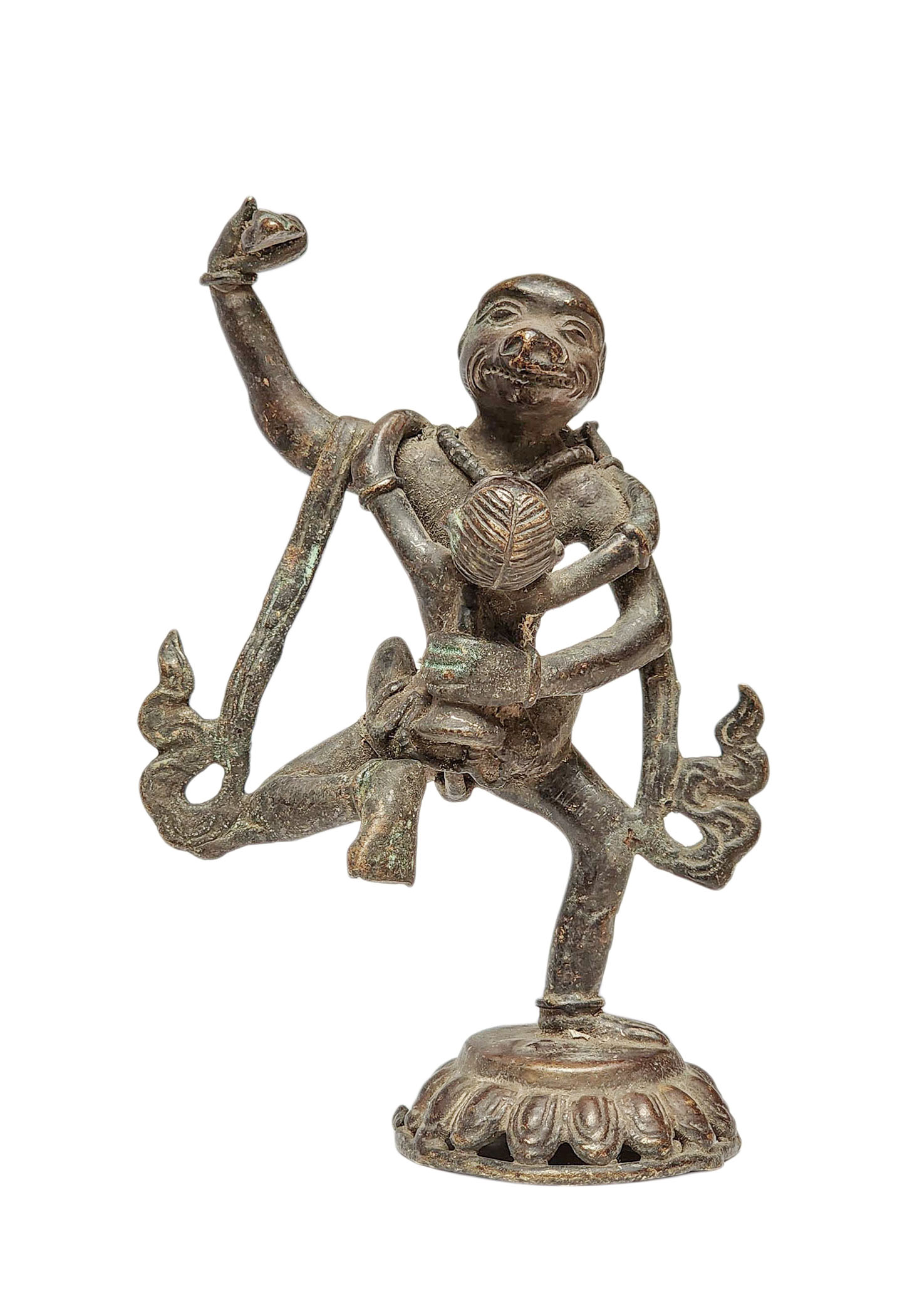 + 50 Year Old Buddhist Miniature Statue
+ 50 Year Old Buddhist Miniature Statue 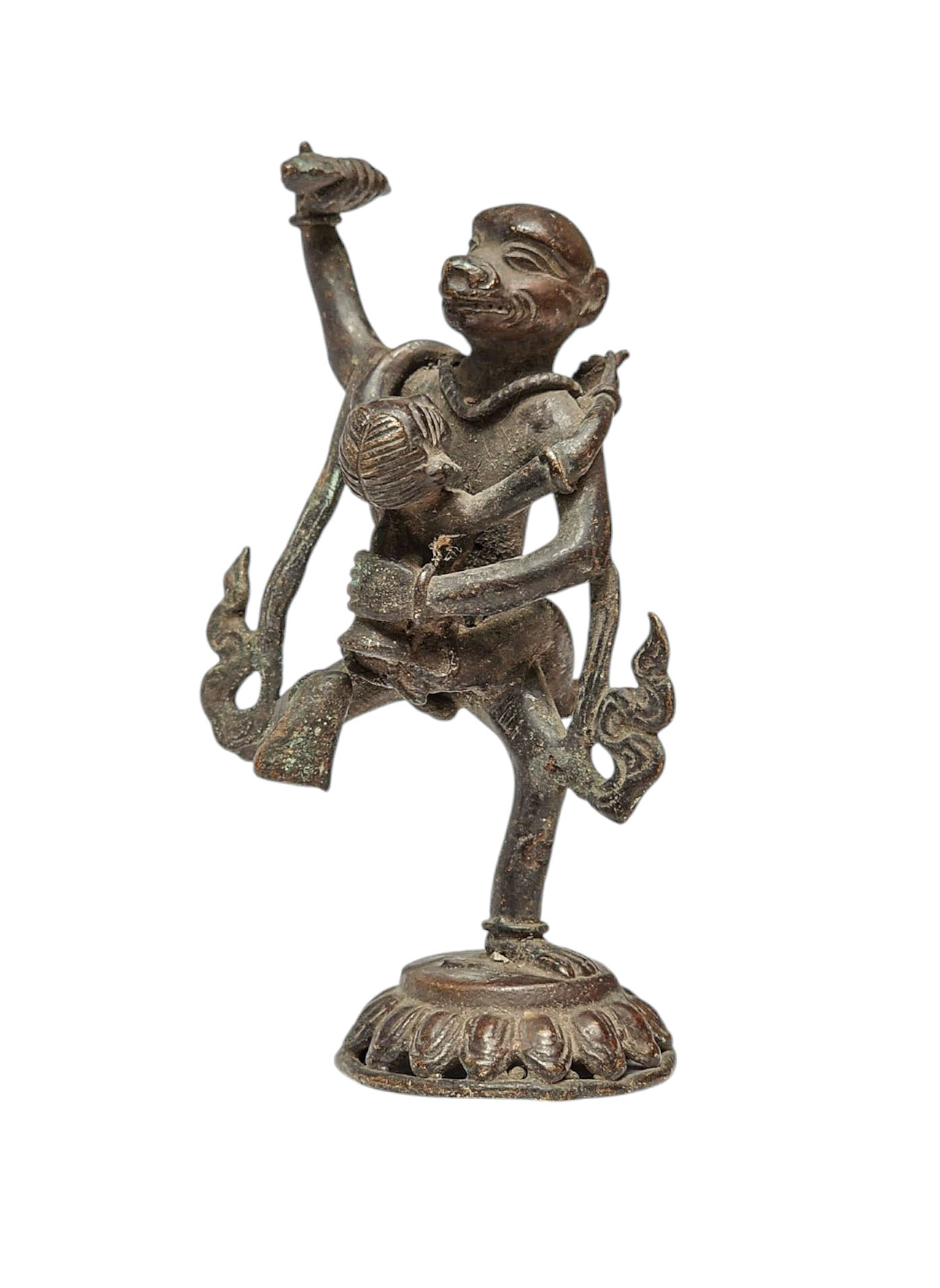 + 50 Year Old Buddhist Miniature Statue
+ 50 Year Old Buddhist Miniature Statue  Old Stock, Tibetan Buddhist Handmade Statue, Partly Gold Plated, Painted Face" title="Manjushri,
Old Stock, Tibetan Buddhist Handmade Statue, Partly Gold Plated, Painted Face" title="Manjushri,  Old Stock, Tibetan Buddhist Handmade Statue, Partly Gold Plated, Painted Face" title="Manjushri,
Old Stock, Tibetan Buddhist Handmade Statue, Partly Gold Plated, Painted Face" title="Manjushri,  Old, Buddhist Handmade Statue
Old, Buddhist Handmade Statue  Old, Buddhist Handmade Statue
Old, Buddhist Handmade Statue 



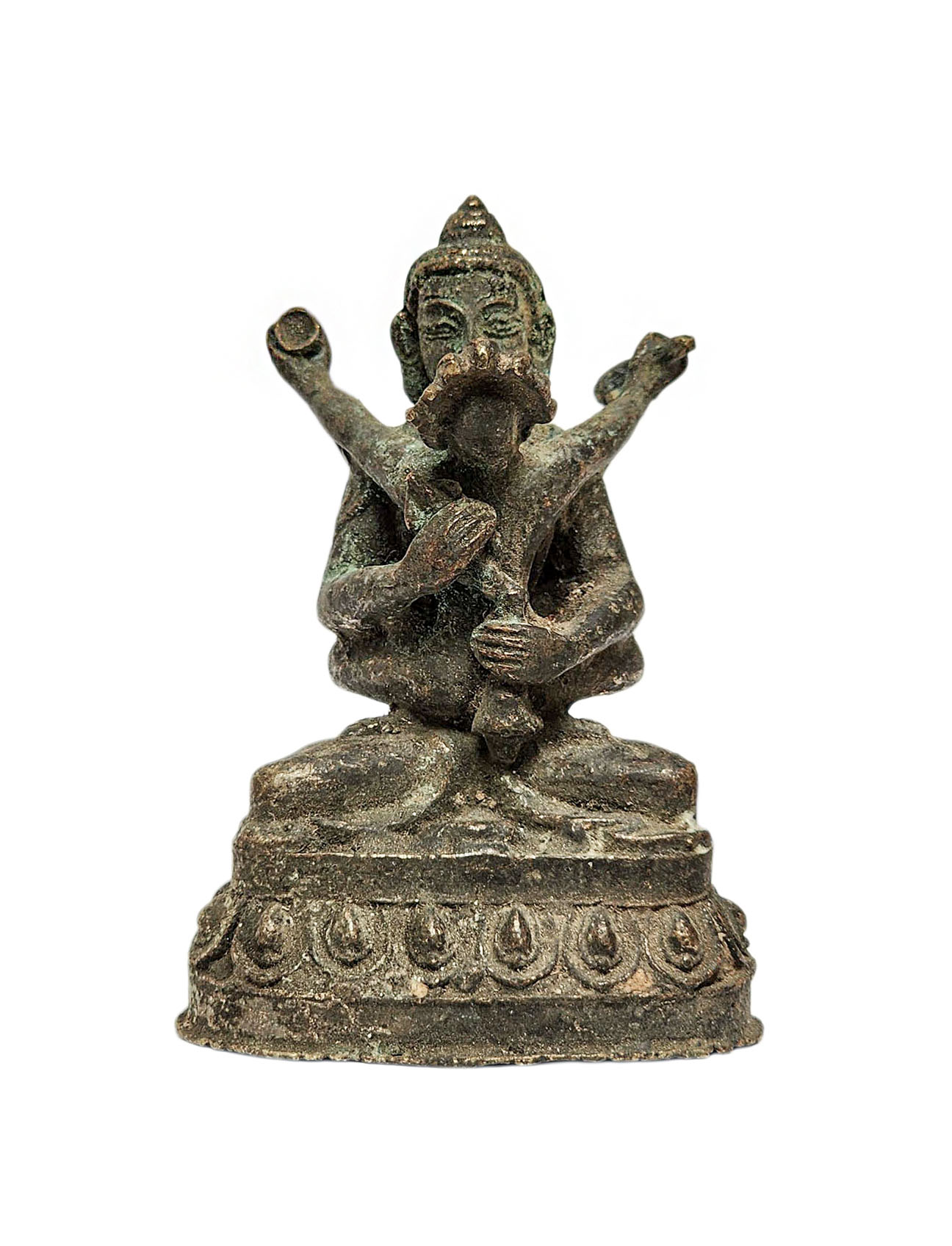 + 50 Year Old Buddhist Miniature Statue
+ 50 Year Old Buddhist Miniature Statue 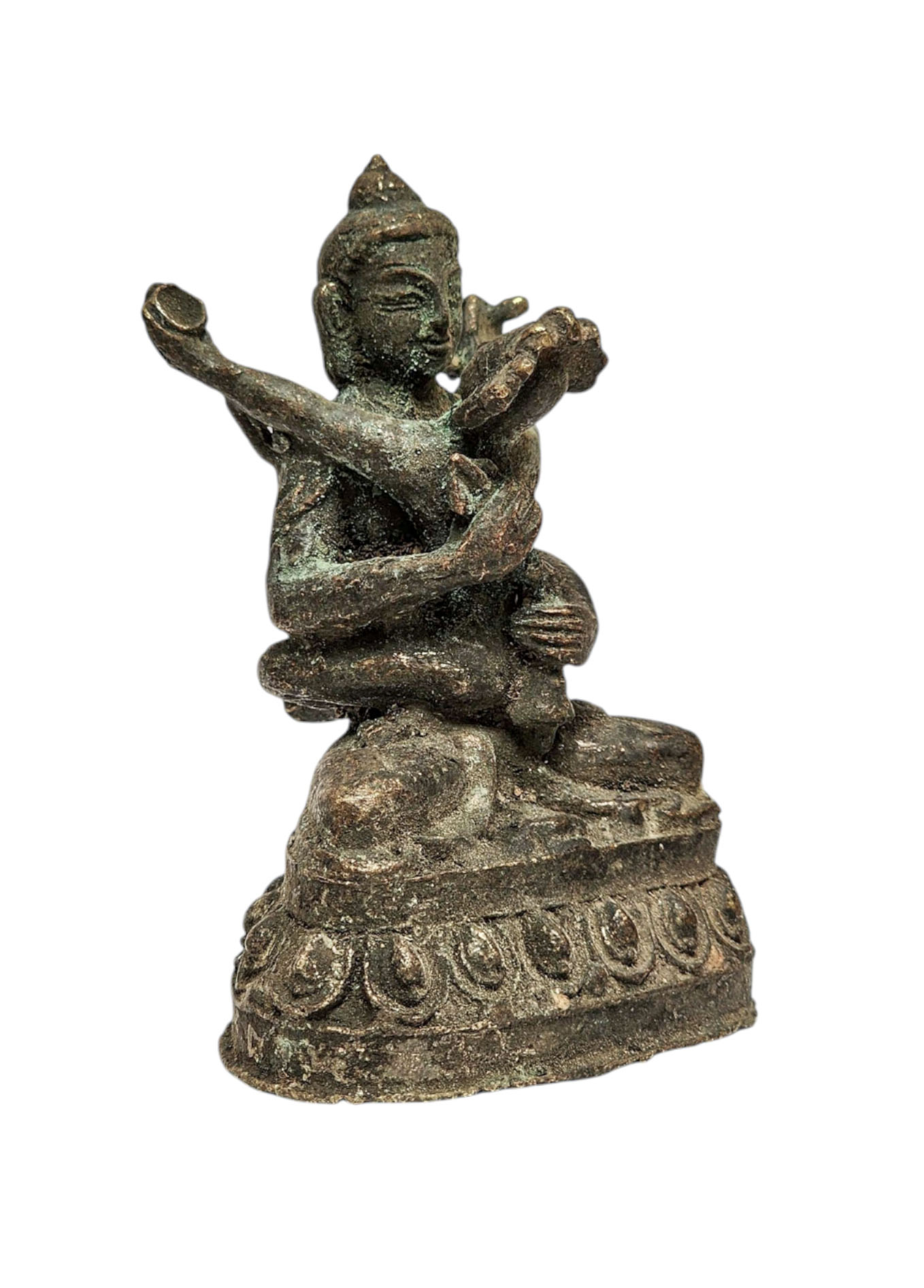 + 50 Year Old Buddhist Miniature Statue
+ 50 Year Old Buddhist Miniature Statue  Old, Buddhist Handmade Statue
Old, Buddhist Handmade Statue  Old, Buddhist Handmade Statue
Old, Buddhist Handmade Statue  Old, Buddhist Handmade Statue
Old, Buddhist Handmade Statue  Old, Buddhist Handmade Statue
Old, Buddhist Handmade Statue 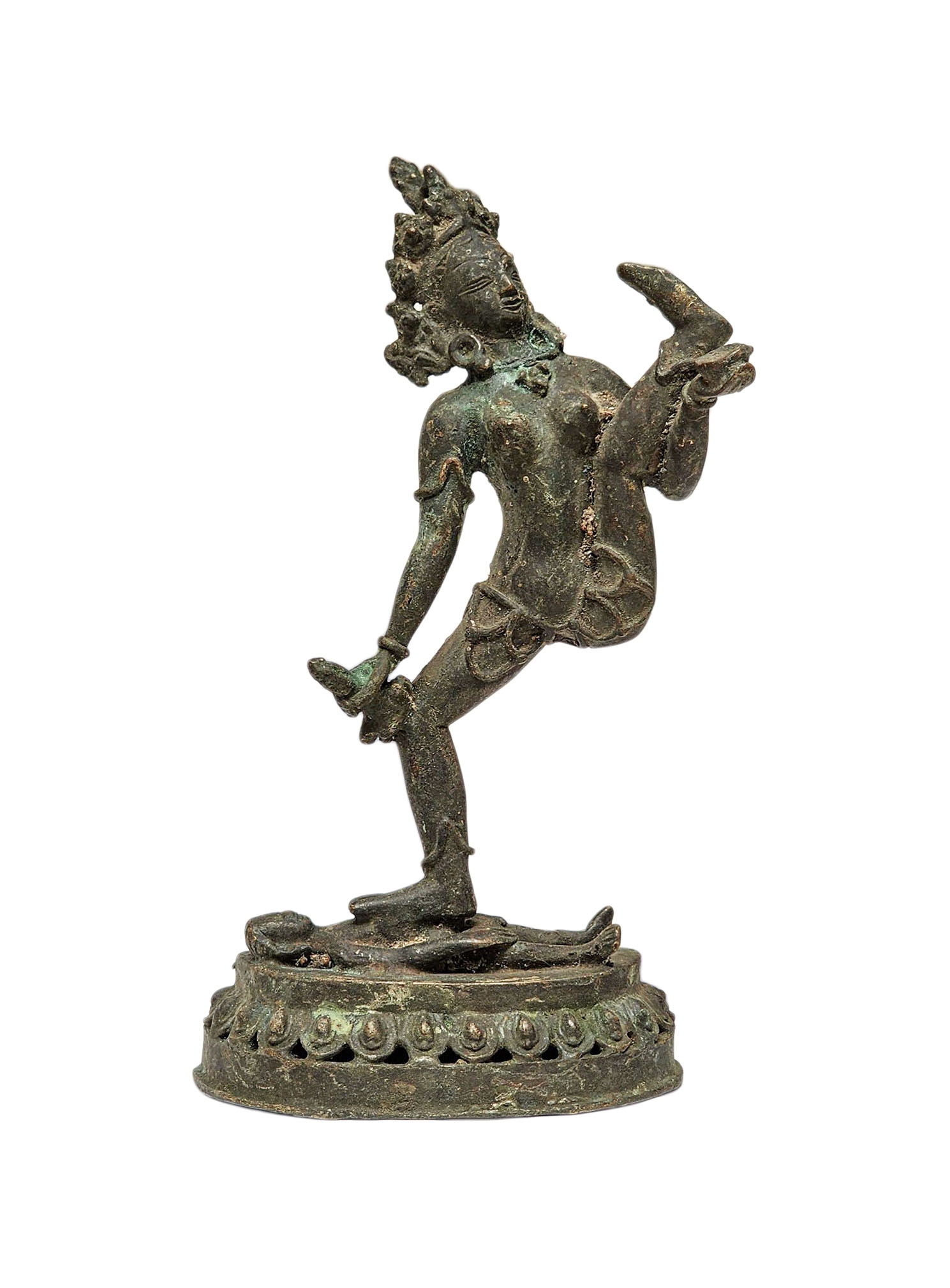 + 50 Year Old Buddhist Miniature Statue
+ 50 Year Old Buddhist Miniature Statue 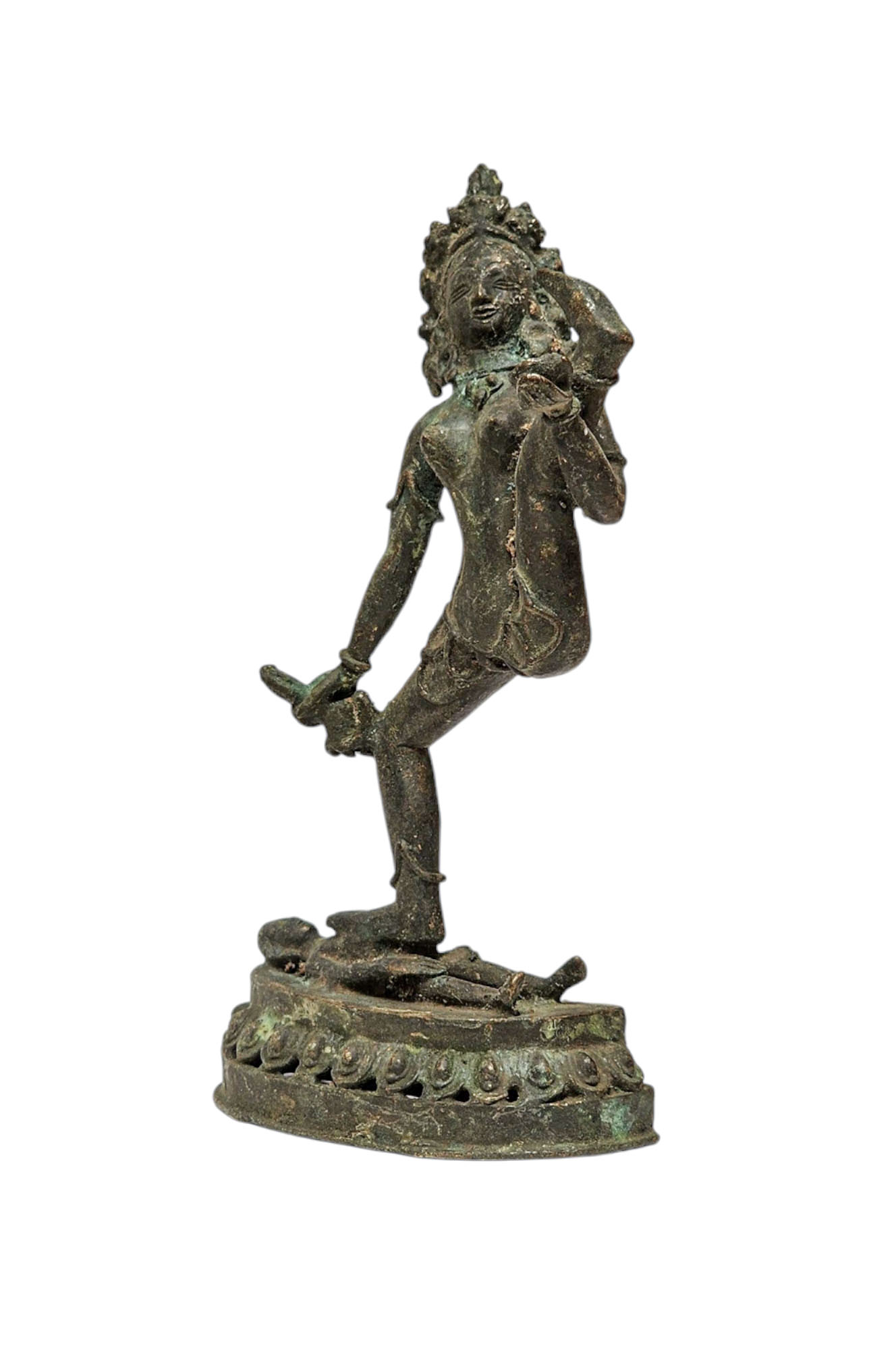 + 50 Year Old Buddhist Miniature Statue
+ 50 Year Old Buddhist Miniature Statue